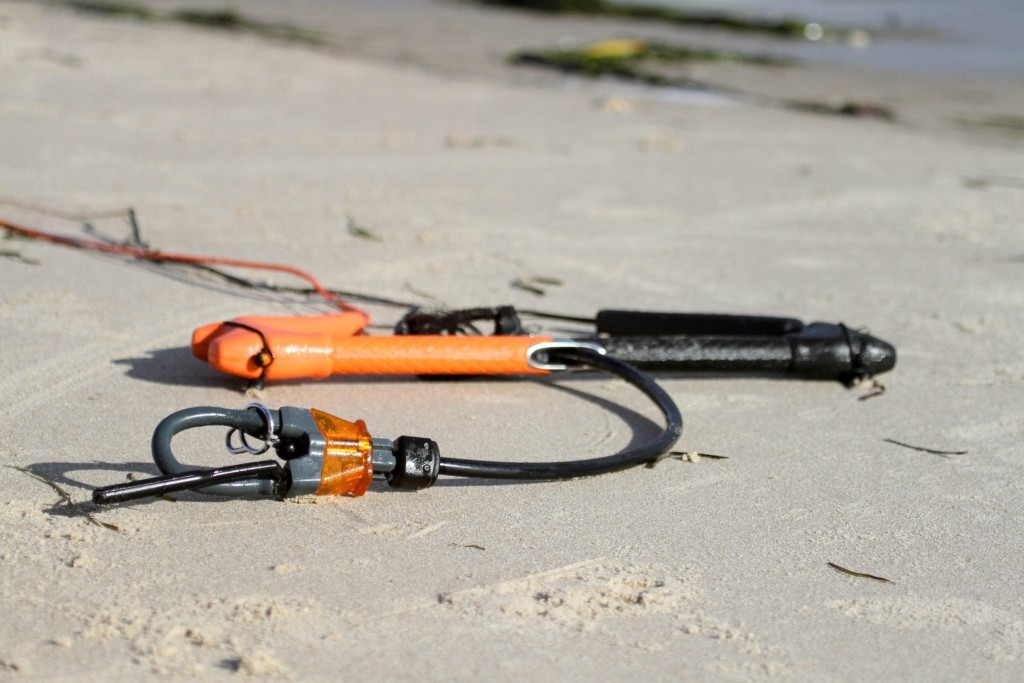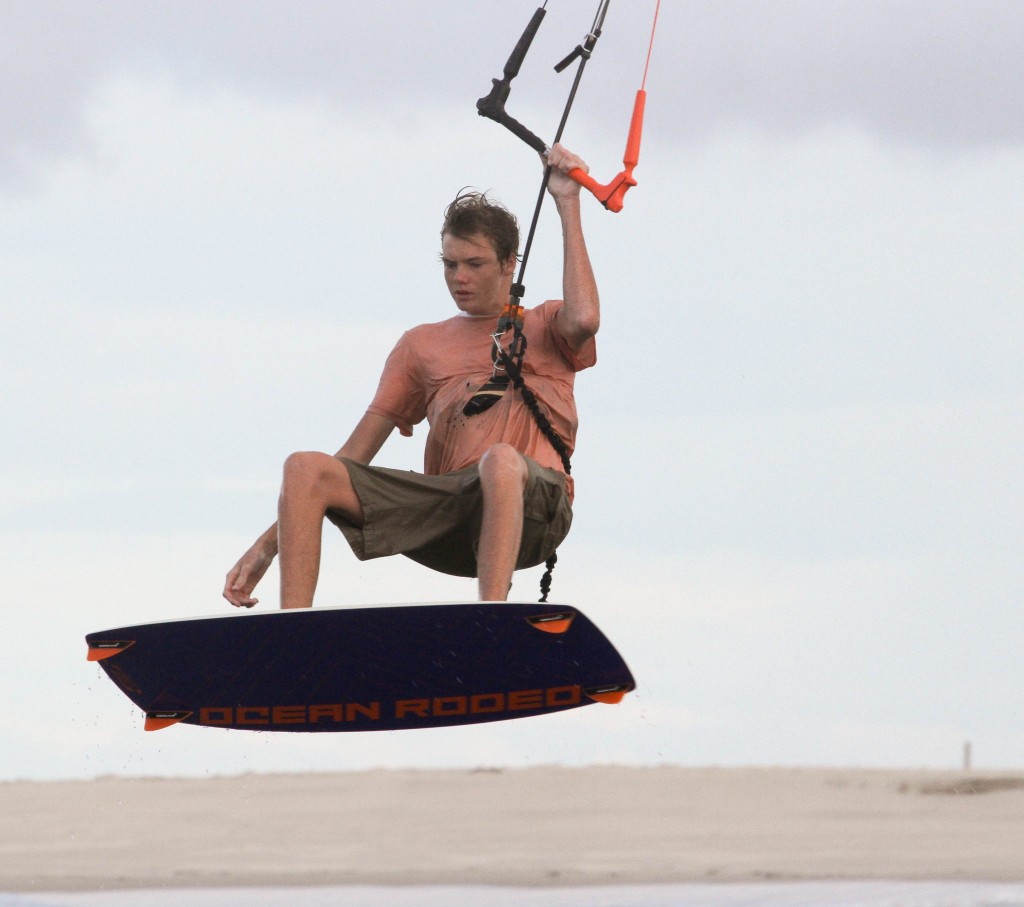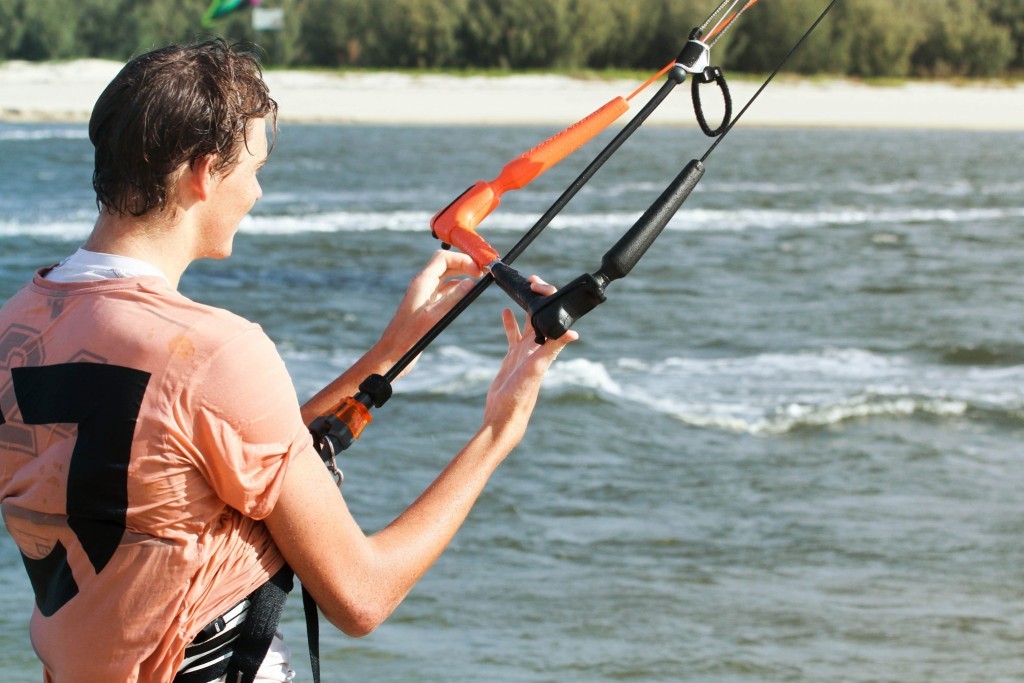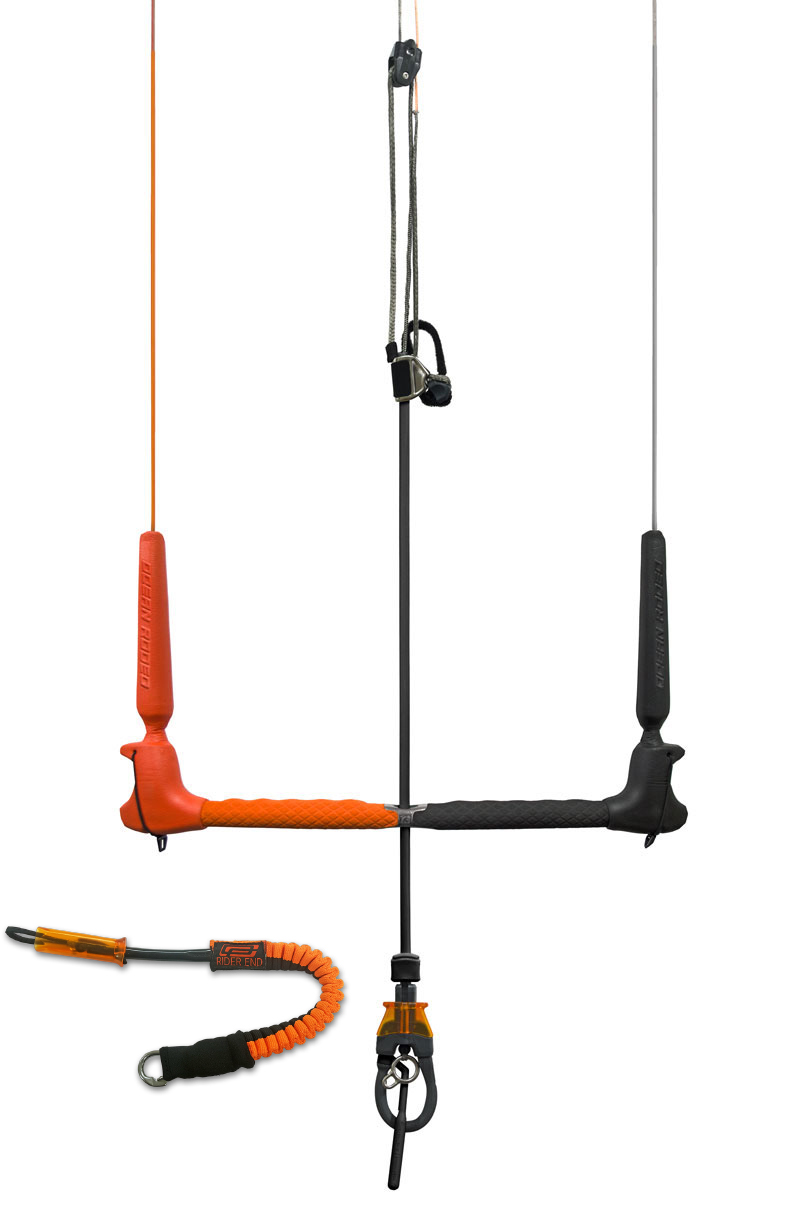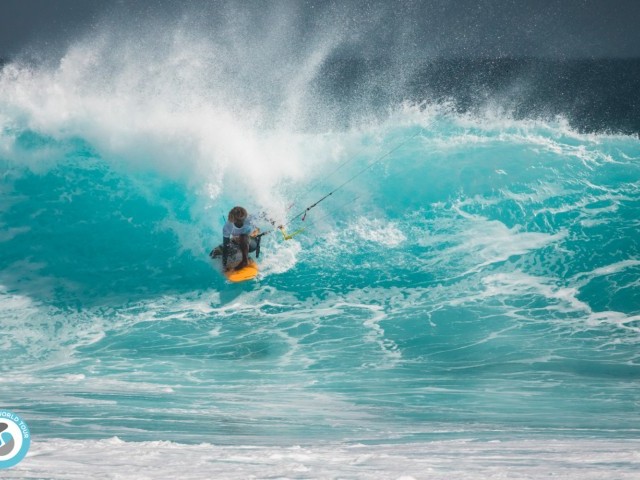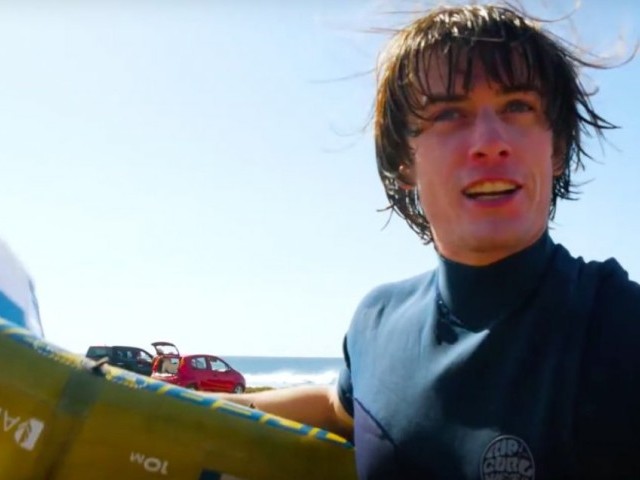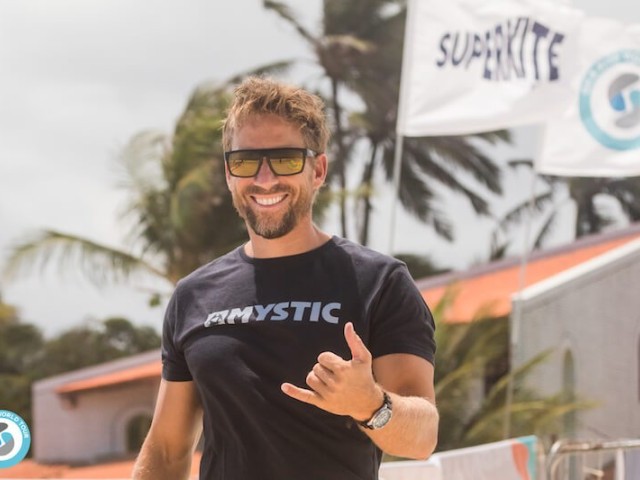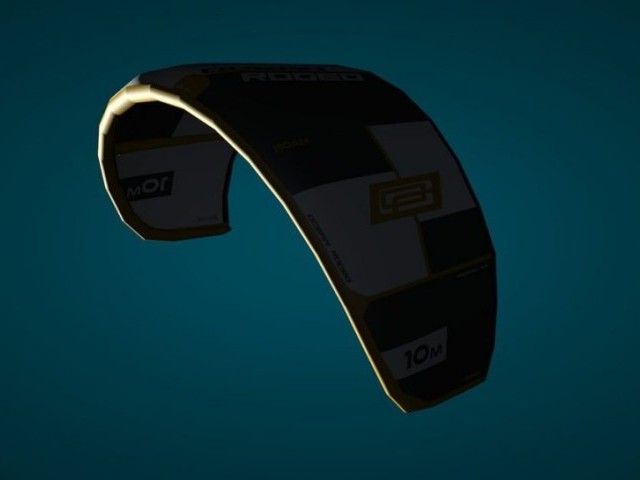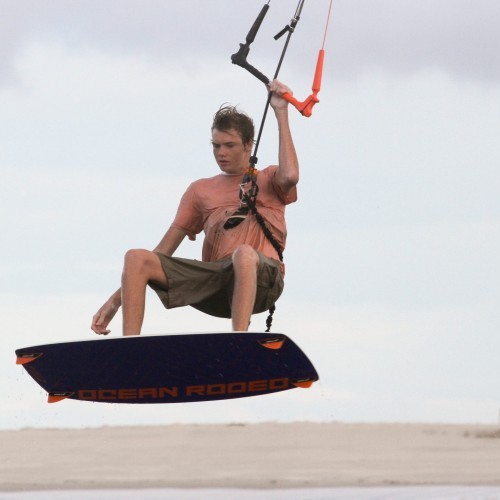
Ocean Rodeo Interview – The Almighty Control Bar – Nesan Furtado
Features / Sun 17th Jun, 2018 @ 11:21 pm
Industry Insight: Control Bars in Issue 69 of IKSURFMAG looks at the almighty control bar. Possibly the most overlooked and underrated bit of equipment in your quiver, the control bar is the connection between rider and kite. To find out more about this crucial piece of equipment, we reached out to the most knowledgeable designers on the planet, including Nesan Furtado from Ocean Rodeo. Here’s the full interview!
What do you consider the most important feature on your bar?
We are proud of how clean the Pilot bar is. It maintains subtle complexity with simple, elegant design. There are no loose depower lines because they’re all contained in the dual chamber trim tube.
Above the bar or below the bar? 4-lines, 5-lines, or 6-lines? Why?
Above the bar, 4-line, single line flag out emergency depower with easy to reach trim line throw at 52cm and a below the bar manual swivel.
How do you find a balance between features & simplicity?
Simply put, we listen. Over the years we have heard a lot of feedback on throw length, bar length, and depower systems. Eventually, we see patterns and we always try to please our customers while ensuring we don’t sacrifice performance or durability. For us, clean simplicity and reliability are key.
What will be the next big breakthrough in bar technology?
We’ll let you wait and see with some up and coming products from Ocean Rodeo. However, we are certain that back line trim is leading the way currently and will continue to do so in the foreseeable future.
With backline trim, it seems that once you use it you never go back. It’s so clean, so precise and so simple. With back line trim bars, kiters of all skill levels instantly feel more in control of the kite and have a much more direct feel.
The real question really then becomes: how long with front line trim remains?
Does it matter where the split in the front lines occurs?
The kite bridle can be designed so a kite will fly well regardless of whether it has a low or high Y split in the front line. We opt for a low Y or “split” design on the pilot bar as it keeps things simple. We do our best to avoid anything fitting that can sink the lines or create a chaff point.
The real beauty of the Pilot bar is its simplicity in having flying lines of exactly the same length. This makes swapping lines easy, allowing riders to easily use short or long lines to fit their needs.
When it comes to all the different features and components, is there something on the bar that consumers really fuss about that actually doesn’t make much of a difference? What about something on the bar that riders don’t think about or ask about that makes a huge difference?
There are bars on the market that have the option put the line on the outside or inside of the bar end to change the length by a few cm… not sure if that’s worth the extra complexity.
How do you make a kite bar?
Test, test and retest. In water lab testing, mechanical testing. With all the variables of sand, ice, heat, etc, everything has to work.
Adjustable bar length: here to stay or passing fad?
We’re really trying to keep our bar super clean and clutter free. If we feel extra weight or additional complexity is not justified by what that feature offers we simply don’t do it.
How do you take care of smaller riders when designing your bar?
Back line trim is a massive breakthrough for smaller riders. The trim is at your fingertips. With front line trim, it’s easy to find the perfect balance between sheeting throw and easy reach. Bar diameters can be made for smaller hands. One can also shorten the length of the trim loop assembly to start the sheeting range closer to the body.
We’ve come a long way, or long way to go — can you explain briefly what we started with in terms of bar design, and where we’re going next?
We’ve come a long way. Push away release systems are becoming very reliable. Standardization with the new ISO regs coming in 2019 are a good thing for the sport. Flag out systems work. Back line trim allowing longer sheeting ranges is providing added depower and much-improved kite trim control for all sizes of riders.
The kite bar is the operating system for the sport, and we take this design process very seriously.
The well being our customers is always on our mind. Our customers are family, and we do everything we can to ensure our family is well equipped in emergency situations.
What’s the most challenging part of designing a bar?
All the variables of beach conditions and weather that the bar must operate in perfectly every time. Thinking of every possible situation that may happen with our customers and ensuring our control bar can handle each and every situation.
Follow this link to find out more about Ocean Rodeo’s control bars: oceanrodeo.com.
Sun 17th Jun, 2018 @ 11:21 pm
By Lindsay McClure
Lindsay is a pro rider from Hood River in the USA, she works for IKSURFMAG as our Features Editor and is an integral part of the team. Lindsay is really into wakestyle riding and can be found in the Hood River Slider Park during the summer months, she also travels all over the world with the World Class Academy helping younger riders develop through kiteboarding!


